Cities reboot: Urban life in the age of COVID-19
BY Zoe Tabary 27 October 2020
Downtown is deserted and happy hour is history - the pandemic has upended urban life for billions and futurologists expect a changed cityscape to emerge in the post-viral world.
From home to office, park to pub - all corners of city life have undergone some sort of reboot during COVID-19.
More than 43 million people have been infected by the virus and the death toll tops 1.1 million, according to a global tally by Johns Hopkins University.
After months in lockdown, second waves of the novel coronavirus have forced new travel curbs and a messy mosaic of lockdown laws from Madrid to Melbourne.
Experts agree cities will never look the same.

How they change - and whether for the better - is the big question for the seven in 10 people who are expected to live, elbow to elbow, as city dwellers come 2050.
"COVID-19 has laid bare existing fault lines in cities that are impossible to ignore," Ani Dasgupta, global director of the U.S.-based WRI Ross Center For Sustainable Cities, told the Thomson Reuters Foundation.
"We have known that growing inequality is a real problem for the economic and social health of cities – both in wealthy cities but also in fast-growing cities of the global south. But the effects of the pandemic are exacerbating divides."

Temperature-scanning robots, drone deliveries of food and medicine, facial recognition: these are just some of the hi-tech, futuristic solutions that cities have already rolled out to contain the spread of the virus.
If the past is a guide, epidemics breed overhaul, ushering in brave, new innovations that become common place. City sewage systems, public transit and housing regulations all owe their existence to past pests and plagues.
And some of the old workarounds are making a comeback.

In Florence, restaurants have repurposed traditional "wine windows" – used to serve customers during the bubonic plague of the 17th century – to serve drinks and snacks once more.
With the virus showing no sign of abating, politicians are warning residents of a long haul to recovery.
How might our cities look?
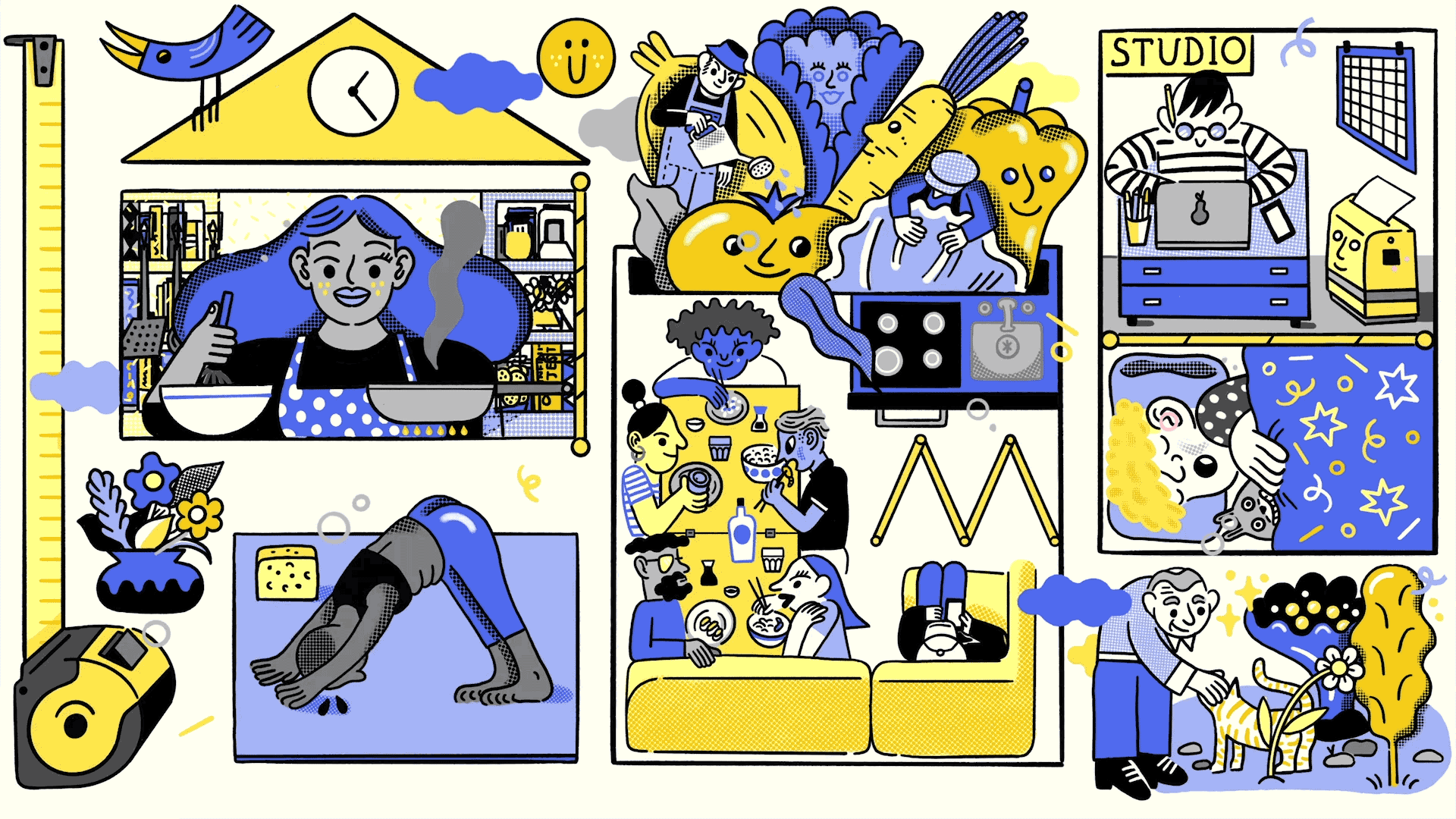
Governments have been racing to house an estimated 1.8 billion people who are homeless or live in inadequate housing and are uniquely at risk of contagion.
"The pandemic has highlighted, more than ever before, how integrally linked housing is to health and life," said Shivani Chaudhry, executive director of advocacy group Housing and Land Rights Network (HLRN) in Delhi.
"It has emphasised the importance of 'home' – also as a place of safety, work, education, and security," she added.

Measures like eviction bans, rent freezes and mortgage holidays have sought to protect renters and homeowners – but countries like Kenya, India and Brazil have nonetheless carried out evictions throughout the pandemic, said Chaudhry.
Homeless people are particularly at risk of being infected and infecting others during the pandemic, due to weakened immune systems and poor access to shelter and sanitation, said David Ireland, head of global charity World Habitat.
Officials scoured cities for vacant spaces or disused buildings to turn into makeshift shelters and homes.

Mumbai has repurposed iconic sites, turning a ritzy racecourse into a sick ward, while rental company Airbnb has connected medics in France and Italy with free flats.
Citizens are even hunting down abandoned spaces on their own, while the mega-rich commission luxury bolt holes.
In Georgia, engineer Lekso Charkviani has been roaming mountain roads in the former Soviet republic searching for deserted houses with character and a bit of land - and finding new owners for them.

"After the pandemic, many people from the city realised they need a village house as shelter, a place where you are always welcome to escape to in case of necessity," he said.
The outbreak has spurred a boom in survival retreats or "bugout" properties – remote, concrete bunkers stuffed with months' worth of food supplies.
U.S. firm Fortitude Ranch, which dubs itself a "survival community" with the motto "Prepare for the worst, enjoy the present", reports a boom in member interest.
But for those forced to stay closer to home, architects are rethinking urban infrastructure to promote a more local life.

In Rotterdam, architect Harm Timmermans created a simple 16-square grid design for a tiny marketplace that can be quickly and cheaply assembled in public squares, allowing people to shop locally and at a safe distance.
Paris mayor Anne Hidalgo wants a "15-minute city" where most people's daily needs are a short walk, cycle or commute away.
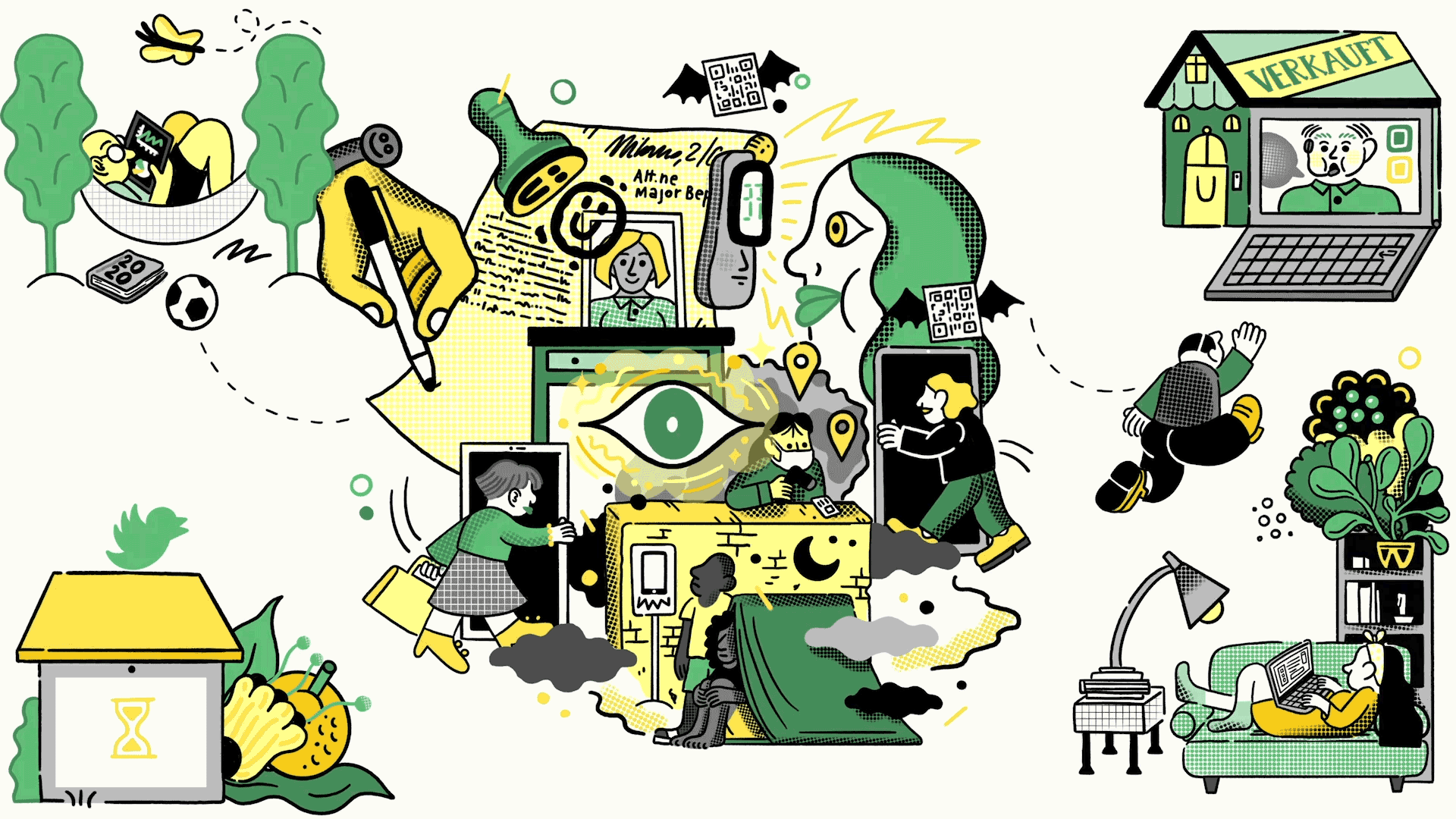
From Singapore to Estonia, business is exploiting technology to help people resume work and travel, with apps, scanners, check-in systems, and so-called immunity passports.
In India, a contact-tracing mobile app Aarogya Setu is mandatory for food-delivery workers, government and some private sector employees.
For many, home is the new workplace.

Almost four in five chief executives expect the pandemic to entrench remote working, according to accountancy firm PwC, and companies such as Twitter have said already that some staff will work from home indefinitely.
Lockdown has also spurred architects to reconfigure bijou flats for a new dual life, sliding walls and secreting desks.
"If people now are going to be able to work from home on a far more regular basis they need to have the ability to have a real work-life space and structure at home," said Greg Verabian, design director at architecture firm HKS in Los Angeles.
His firm's new designs include a height-adjustable space that works for CEOs, child's play or teenagers with textbooks.

Remote working has though raised privacy concerns, mostly over tracking tools designed to boost productivity.
As legions of newly home-based workers worry about keeping a job in the pandemic, digital rights campaigners say employers have greater leverage to impose monitoring.
Andrew Pakes, of British trade union Prospect, sees a "growing interest in new technology and so-called people-analytics to keep check and monitor workers at home."

Be it tracking keyboard strokes to recording web activity, software companies now offer a range of monitoring tools.
Employees must prepare for a "new data-driven world where conversations about data and privacy are as vital as traditional concerns around pay and conditions," said Pakes.
"The challenge now is to ensure that the post-pandemic recovery builds on the benefits of flexible working rather than hardwires in inequality," he added.
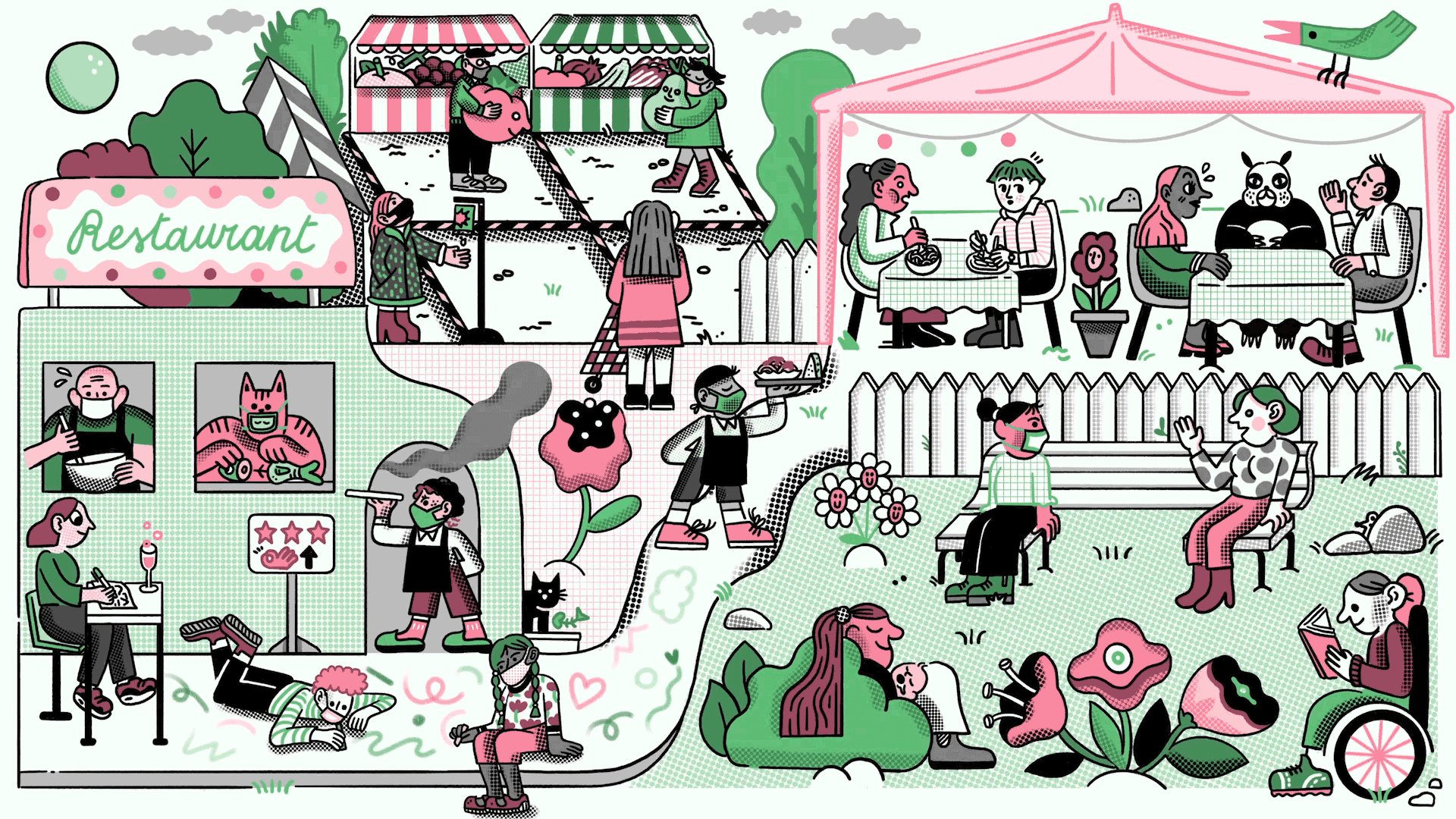.gif?language_id=1)
As lockdowns eased, overlooked city furniture - the grubby pavements, parking lots and potholed streets - were suddenly elevated into municipal jewels.
"One impact of COVID is urban dwellers needing more outdoor space - to commute, eat, socialise, and exercise," said Michael Berkowitz, a founding principal of Resilient Cities Catalyst, a nonprofit consultancy.
"And in response to that we've seen a wave of open streets, which are closed to or significantly restricting cars," he said, calling them "obvious targets" as they account for about 80% of public space in many cities.

The city of Braga in northern Portugal has opened public squares, sidewalks, parks and more to restaurants and businesses seeking to cater to customers with social distancing.
"Open and active streets will help bring foot traffic to areas that otherwise would feel abandoned and desolate," Berkowitz said.
Economic boost aside, cities also see a health benefit in maxing out on green space as residents sharing cramped cities rush to parks for exercise and space, company and wellbeing.
In June, Bangkok opened a new park built on an elevated rail line that lay unused for decades, which it hopes will serve as a model for 'greening' abandoned spaces.

Park life in a pandemic has also exposed a hidden inequality over who gets it, with the poorest often shut out of public spaces.
"Many neighbourhoods have few of these facilities, if any," said Dasgupta. "In Mexico City, the wealthiest neighbourhoods have 35 times better access to public space within a 20-minute trip than the poorest."
In South Africa, a study published in July found "white" neighbourhoods were 700 m closer to public parks, had nearly 12% more tree cover and 9% more vegetation than mostly Black areas.

One in three Americans does not have a park within a 10-minute walk of home, according to the Trust for Public Land.
Recognising the new, conflicting demands on outdoor space, some cities are giving residents more say over their amenities.
In Ulaanbaatar, hundreds of thousands of Mongolians picked their priorities – be it playgrounds or streetlights – through a mobile app, even as lockdown kept them home.
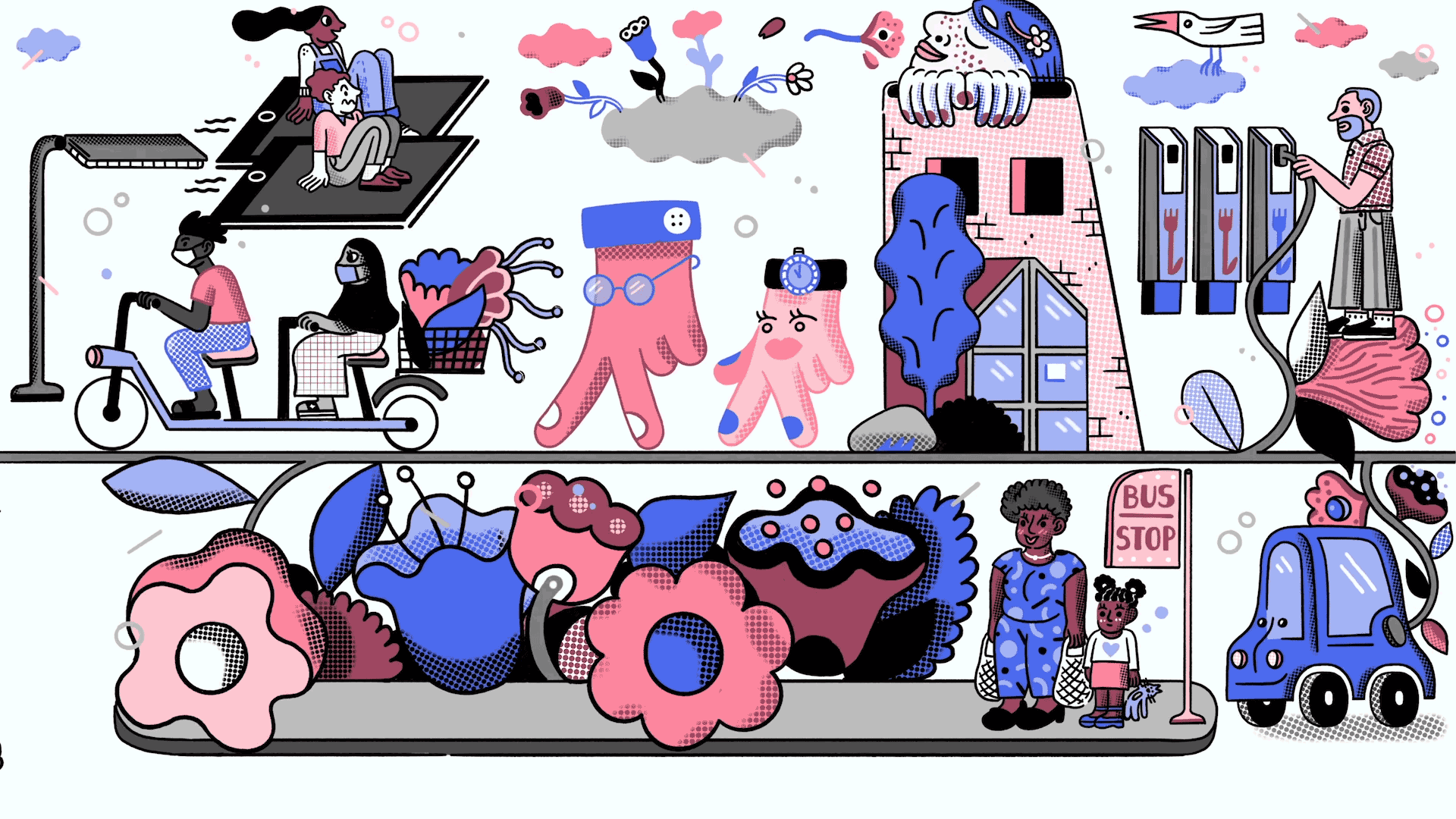
City transport networks have been devastated after losing millions of commuters and tourists to lockdown.
"Transit systems are in a very precarious situation with plummeting ridership," said Dasgupta. "And without public transport, cities can't survive in the long term."
Ridership of buses and trains shrank 75% in New York City and 90% in the San Francisco Bay Area in April, according to Transit, a mobile app that collects global transport data - although numbers have somewhat recovered.
To lure riders back, Delhi and Seoul introduced mobile apps, temperature-check kiosks and smart bus shelters to make public transit safer as offices and businesses reopened after lockdown.

Crowd management is key, with a Transport for London app showing users which stations are most crowded, when distancing is feasible and what alternatives exist for bike or foot.
Greener living is also getting a COVID-19 boost.
Dozens of cities installed electric car charging stations or gave over parking spots to cyclists, hoping to save cash and build resilience by fighting both climate and virus.

In Hong Kong, government is subsidising the installation of electric charging points in the car parks of private flats.
"More people are walking and cycling all over the world, from Kampala to New York," said Dasgupta. "In Philadelphia, cycling increased by more than 150% during the pandemic."
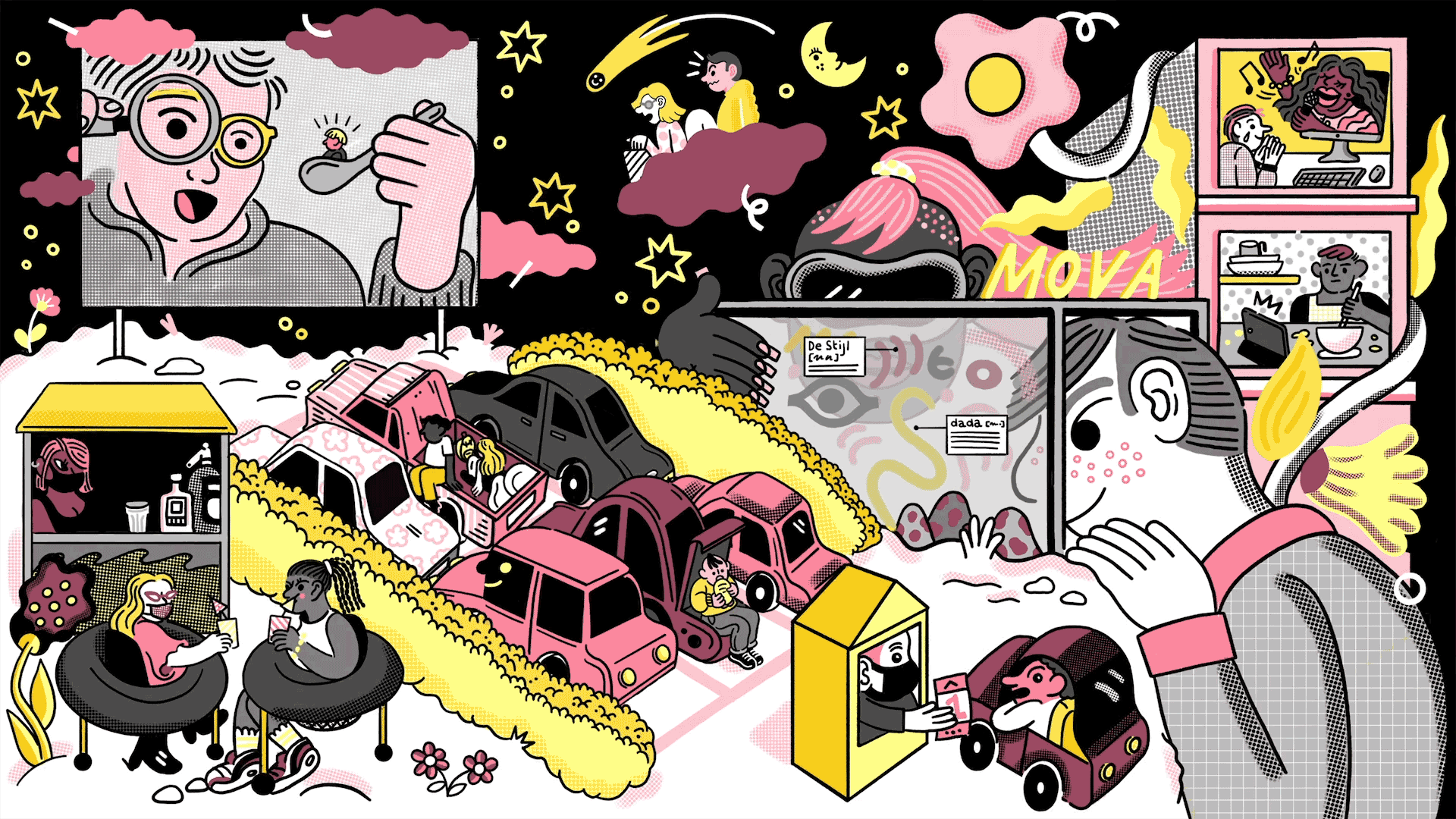
After being cooped up for months, city dwellers must re-learn how to socialise. A German cafe distributed inflatable hats made from swimming noodles to enforce distance. Bangkok offered its lone customers toy pandas as dinner companions.
U.S. retail giant Walmart converted 160 of its parking lots into summer drive-ins, with fan favourites curated by the Tribeca Film Festival.

In Germany, Berliners flocked to forests and even requisitioned a World War Two bunker for their party fix – pitting raves against regular recreation.
Most socialising has turned virtual, from online quizzes to work drinks and even dating via videoconferencing platforms.
In Asia, their popularity has given rise to a Japanese phenomenon called "on-nomi", or online drinking.

Museums, theatres and concert halls have moved collections online, with some built entirely for a virtual world.
The Virtual Online Museum of Art opened in September, hanging Old Masters alongside digital-only originals.
"Without the limitations of a physical location, access to a museum is possible to anyone with an internet connection," said museum director Lee Cavaliere.
But many venues may not recover without a live audience, experts say, prompting Britain to pledge its biggest ever investment for the culture sector, at $2 billion.
"I want all our cultural institutions to return to normal," said minister Oliver Dowden.

Whatever the next version of normal looks like, many changes are here to stay, said Berkowitz of Resilient Cities Catalyst.
What may have started as emergency measures like open streets or alternative transport will help cities plan for the next shock, he said – "whether that's climate change, civil unrest, or an economic shock".
For Dasgupta of WRI, "if there's any silver lining to this tragedy, it's the opportunity for cities to reset around equity issues".
"If we are smart about it, the disruption from the crisis could help deliver new investments and solutions."
From climate change to land rights - the best stories, the biggest ideas, the arguments that matter.
Just 1 email a week - every Monday with our best long reads of the past week!